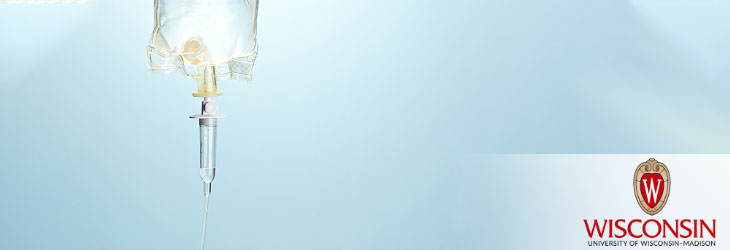Drug Delivery

Multilayer Tissue Regeneration System
WARF: P05256US
Inventors: William Murphy
The Wisconsin Alumni Research Foundation (WARF) is seeking commercial partners interested in developing a method for regenerating natural skeletal tissues that more closely mimics in vivo conditions than current methods.
Overview
Under physiological conditions, bone tissue regeneration involves a complex interplay of multiple biologically active molecules and stem cells. The molecules are often presented sequentially in cascades, where each factor has a distinct effect on the cells of a growing bone.
The Invention
A UW-Madison researcher has developed an approach for regenerating natural skeletal tissues that more closely mimics in vivo conditions by localizing and temporally controlling the activity of multiple growth factors. This method for growing tissue is based on a matrix of minerals and growth factors. Engineered protein growth factors are incorporated into the layers of the inorganic matrix. Each layer is designed to dissolve at a separate rate. As the matrix material gradually breaks down, the growth factors are delivered sequentially, enabling the growth of new bone tissue. Alternatively, the growth factors can be engineered to bind to the surface of the inorganic matrix.
Applications
- Regeneration of bone and other tissues
- Treatment of musculoskeletal conditions
- Research on organ and tissue development
Key Benefits
- May enable new treatment options for musculoskeletal injuries, diseases and conditions
- Potentially could expand the range of orthopedic conditions that can be effectively treated
- May be more economical than current metallic, hardware-based bone replacement methods
- The matrix material breaks down at the same time new bone grows, allowing for improved delivery of growth factors to promote the new bone growth that will slowly replace the implant.
- Provides a structural matrix for tissue ingrowth
- Released growth factor is bioactive and in close proximity to the cell type(s) of interest
- Because the implant is based on a mineral, rather than a polymer, it is a better match to the in vivo bone environment.
Additional Information
For More Information About the Inventors
Tech Fields
For current licensing status, please contact Rafael Diaz at [javascript protected email address] or 608-960-9847